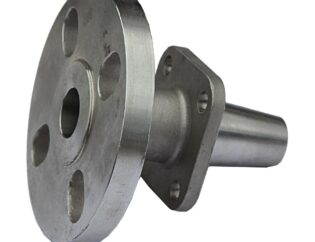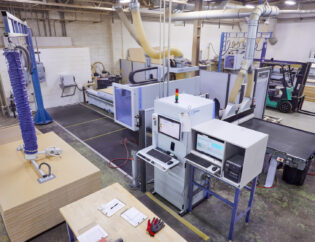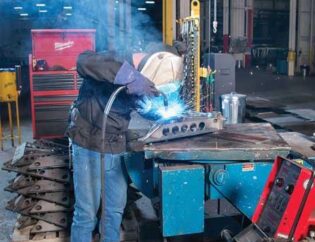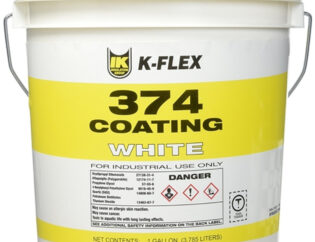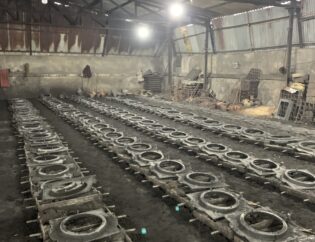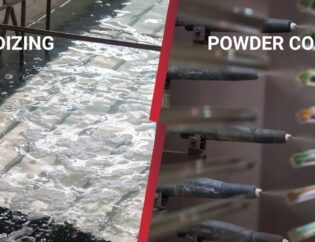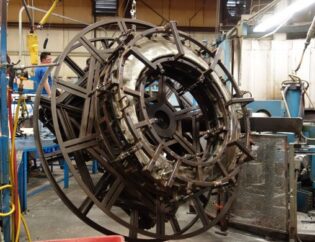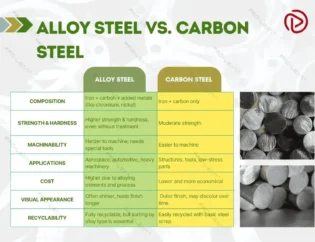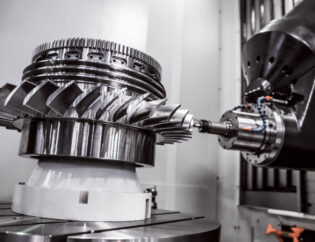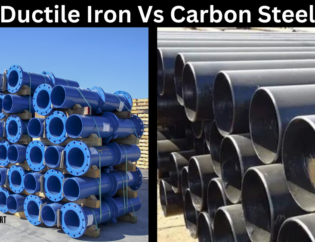Ceramic machining, once considered a niche field, is rapidly gaining prominence across diverse industries. Its precision and ability to create complex shapes from exceptionally durable materials are driving innovation in everything from aerospace to medical devices. This guide delves into the intricacies of this vital process.
This in-depth exploration covers a wide range of topics. We’ll examine the unique challenges posed by ceramic materials, explore various machining techniques, and analyze the selection of appropriate tools and equipment. Precision, efficiency, and surface finish will be key considerations.
From understanding material properties to mastering advanced techniques like ultrasonic machining, this guide provides a comprehensive overview. You will gain a practical understanding of the entire ceramic machining process, enabling you to optimize your own workflows or simply broaden your knowledge of this fascinating area.
Ceramic Machining 101: A Comprehensive Guide for Beginners
Ceramic machining is a specialized process that involves shaping and finishing ceramic materials using advanced techniques and tools. This guide aims to provide a comprehensive overview of ceramic machining, including its technical features, types of ceramics, and their applications across various industries. Understanding the intricacies of ceramic machining is essential for anyone looking to work with these materials effectively.
Technical Features of Ceramic Machining
Ceramic materials are known for their hardness, brittleness, and thermal stability. These properties make them challenging to machine but also highly desirable for various applications. Below is a comparison table highlighting the key technical features of ceramic machining.
| Feature | Description |
|---|---|
| Hardness | Ceramics are extremely hard, often harder than metals, requiring specialized tools. |
| Brittleness | Their brittle nature makes them prone to cracking under stress or impact. |
| Thermal Stability | Ceramics can withstand high temperatures without deforming or losing integrity. |
| Wear Resistance | High wear resistance makes ceramics ideal for applications in harsh environments. |
| Electrical Insulation | Many ceramics provide excellent electrical insulation, making them suitable for electronic applications. |
| Chemical Resistance | Ceramics are often resistant to corrosive substances, enhancing their durability. |
Types of Ceramics Used in Machining
Different types of ceramics possess unique properties that make them suitable for specific applications. Below is a comparison table of various ceramic types commonly used in machining.
| Ceramic Type | Properties | Applications |
|---|---|---|
| Alumina | High hardness, excellent wear resistance, good thermal stability. | Aerospace, automotive, electronics. |
| Zirconia | High toughness, good thermal resistance, excellent mechanical strength. | Dental implants, structural components. |
| Silicon Carbide | Exceptional hardness, high thermal conductivity, and wear resistance. | Cutting tools, wear-resistant parts. |
| Aluminum Nitride | Excellent thermal conductivity, electrical insulation properties. | Heat sinks, electronic components. |
| Boron Nitride | High thermal stability, excellent lubrication properties. | Electrical insulators, heat shields. |
| Mullite | Good thermal shock resistance, high-temperature stability. | Furnace linings, kiln components. |
Applications of Ceramic Machining
Ceramic machining finds applications across various industries due to the unique properties of ceramics. Here are some notable applications:
- Aerospace: Ceramics are used in components exposed to high temperatures and wear, such as turbine blades and heat shields.
- Medical Devices: CNC machined ceramics like zirconia are used for dental implants and prosthetics due to their biocompatibility and strength.
- Electronics: High-purity ceramics are essential for semiconductors, insulators, and components requiring thermal management.
- Automotive: Ceramic parts, including brake components and sensors, are widely used in engines and electrical systems.
- Defense: CNC machined ceramics are utilized for armor and other components requiring high resistance to wear and impact.
Conclusion
Ceramic machining is a complex yet rewarding process that requires a deep understanding of the materials and techniques involved. By selecting the right type of ceramic and employing appropriate machining methods, manufacturers can produce high-quality components for various applications. As industries continue to evolve, the demand for precision ceramic parts will only increase, making it essential for professionals to stay informed about the latest advancements in ceramic machining.
FAQs
1. Why are ceramics difficult to machine?
Ceramics are difficult to machine due to their extreme hardness and brittleness, which makes them prone to cracking or breaking during the machining process.
2. What types of ceramics are commonly used in machining?
Common types of ceramics used in machining include alumina, zirconia, silicon carbide, aluminum nitride, boron nitride, and mullite, each with unique properties suited for specific applications.
3. What are the advantages of using ceramics in manufacturing?
Ceramics offer several advantages, including high wear resistance, thermal stability, electrical insulation, and chemical resistance, making them ideal for demanding applications.
4. How can tool wear be minimized during ceramic machining?
To minimize tool wear, use high-quality cutting tools designed for ceramics, apply protective coatings, and ensure proper cooling and lubrication during the machining process.
5. What industries benefit from ceramic machining?
Industries such as aerospace, medical devices, electronics, automotive, and defense benefit significantly from ceramic machining due to the unique properties of ceramics.

